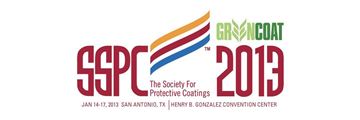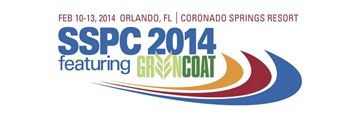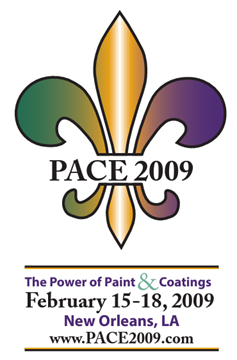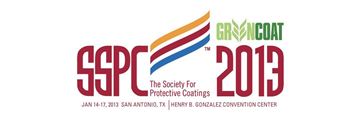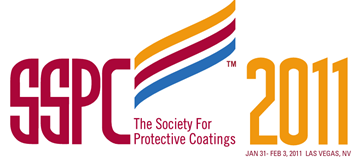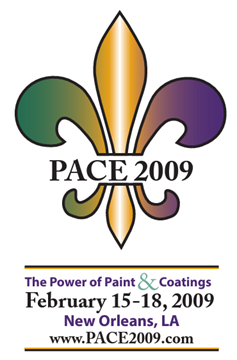Search
SSPC Conference Papers
Legacy SSPC Conference Papers
View as
Sort by
Display
per page
A Ground Floor Opportunity in the World of Commercial Coatings Inspection
Product Number:
41216-978-SG
Publication Date:
2016
$20.00
A High Volume Production Multi-Use Polyurea Protective Coating
Product Number:
41206-221-SG
Publication Date:
2006
$20.00
A History Of Corrosion Improvement: Over the last few decades there has been significant improvement especially with automobiles.
Product Number:
41213-761-SG
Publication Date:
2013
$20.00
A Low VOC and Sprayable Siloxane Nonskid/Nonslip Coating for the U.S. Navy & Non-Military Markets
Product Number:
41214-826-SG
Publication Date:
2014
$20.00
A New Film Thickness Gage With Built-in Temperature and Humidity Measurement
Product Number:
51220-293-SG
Publication Date:
2020
$20.00
A New Protocol for Evaluating the Effectiveness of Coatings Used to Reduce Corrosion of Steel Structures
Product Number:
51220-295-SG
Publication Date:
2020
$20.00
A New Water-Based PVDF System for Weatherable Coatings
Product Number:
41209-500-SG
Publication Date:
2009
$20.00
A Novel Alternative Surface Preparation for Duplex Coating of Galvanized Steel
Product Number:
41213-783-SG
Publication Date:
2013
$20.00
A Novel, 100% Solids, Zero VOC Coating System for Long Lasting and Maintenance Free Foul Release and Inhibition
Product Number:
41211-610-SG
Publication Date:
2011
$20.00
A Polished Concrete Floor - Start to Finish
Product Number:
41209-517-SG
Publication Date:
2010
$20.00
A Practical Approach to the Rehabilitation of a Wastewater Treatment Facility: Utilizing Case Histories to Demonstrate “Real-Life” Applications
Product Number:
41212-664-SG
Publication Date:
2012
$20.00



